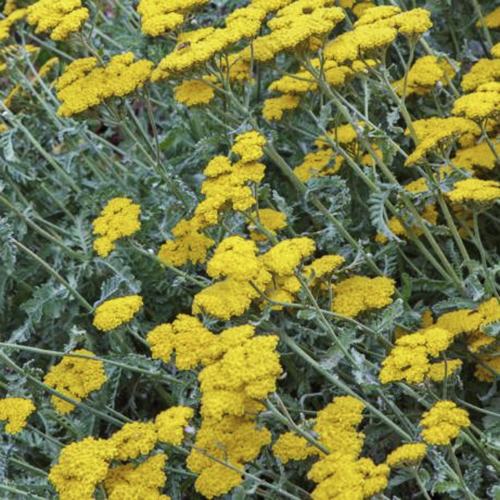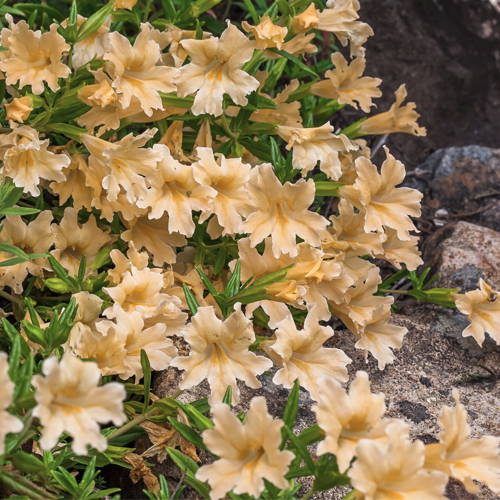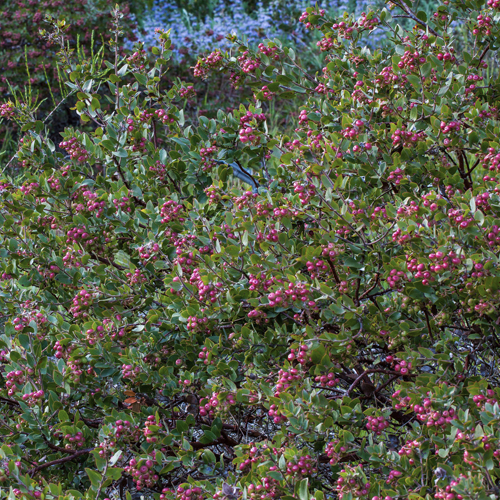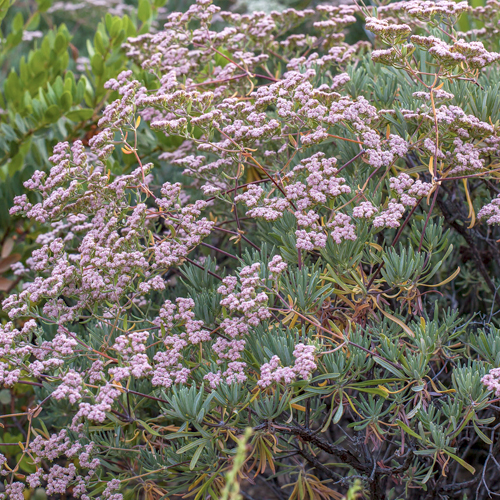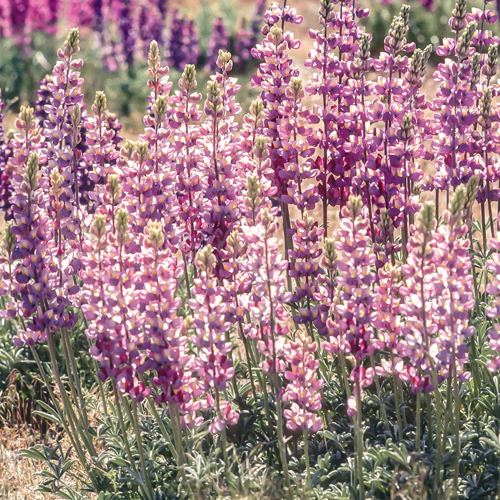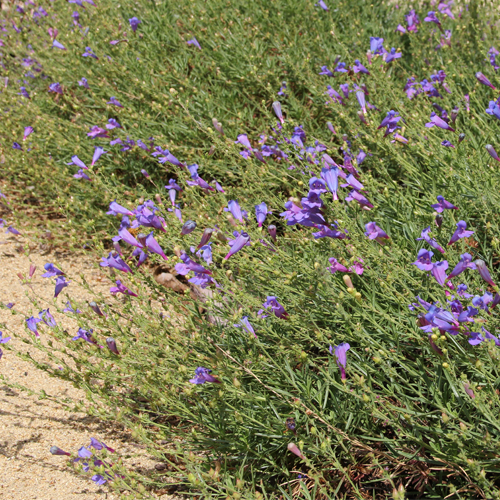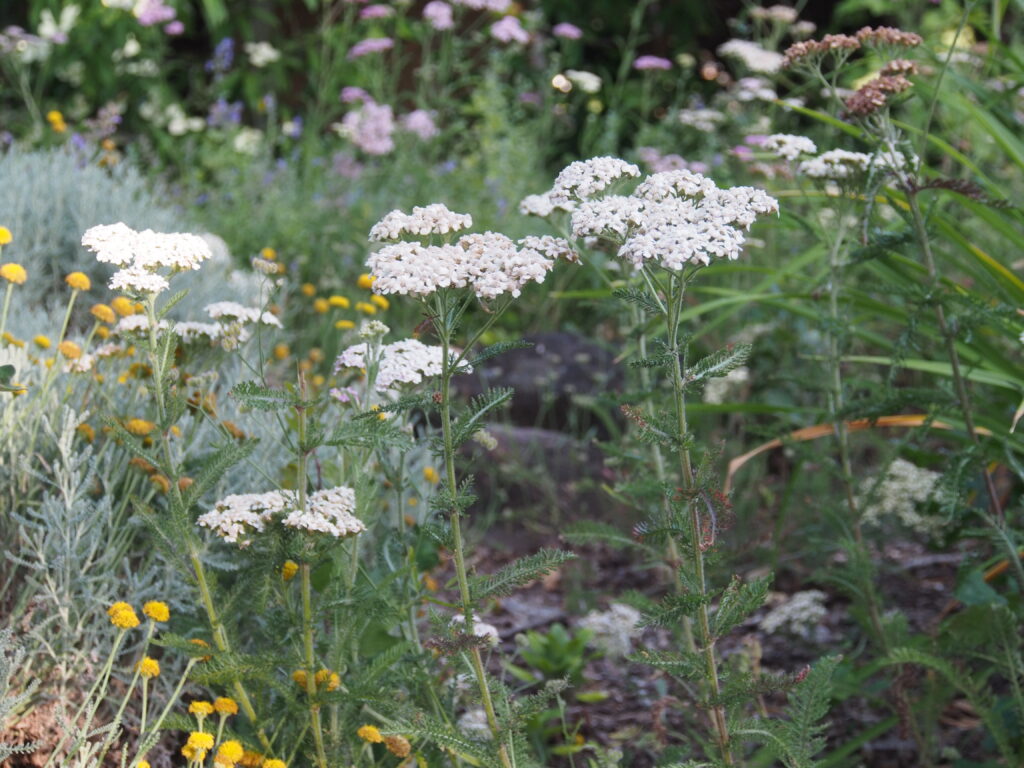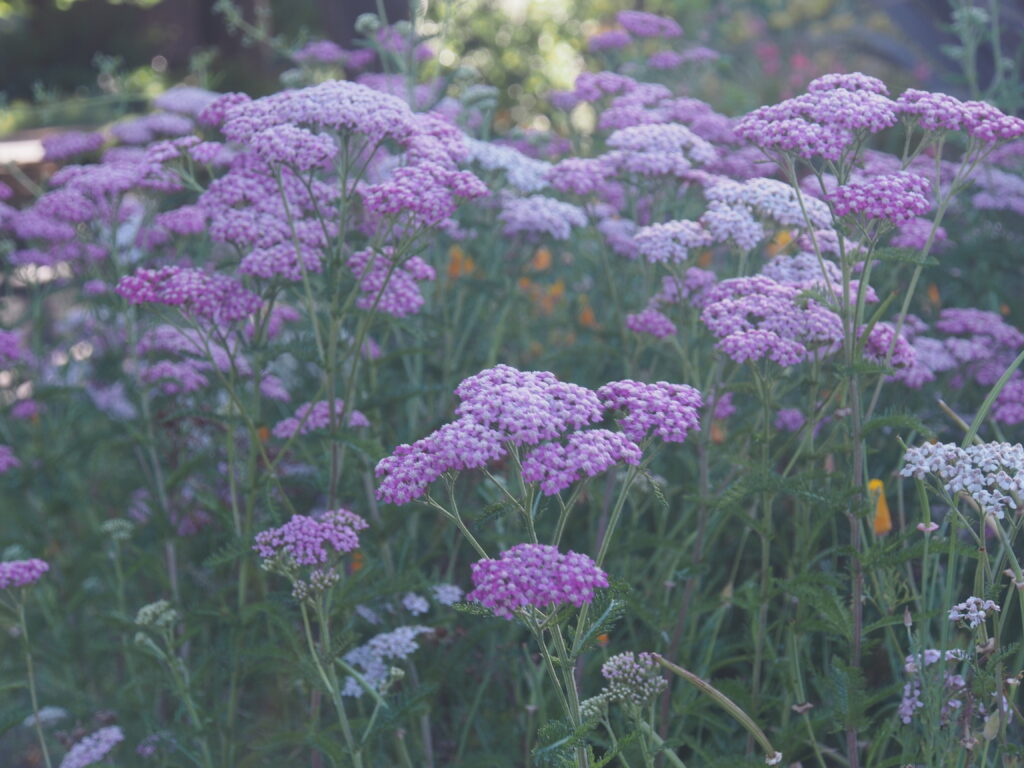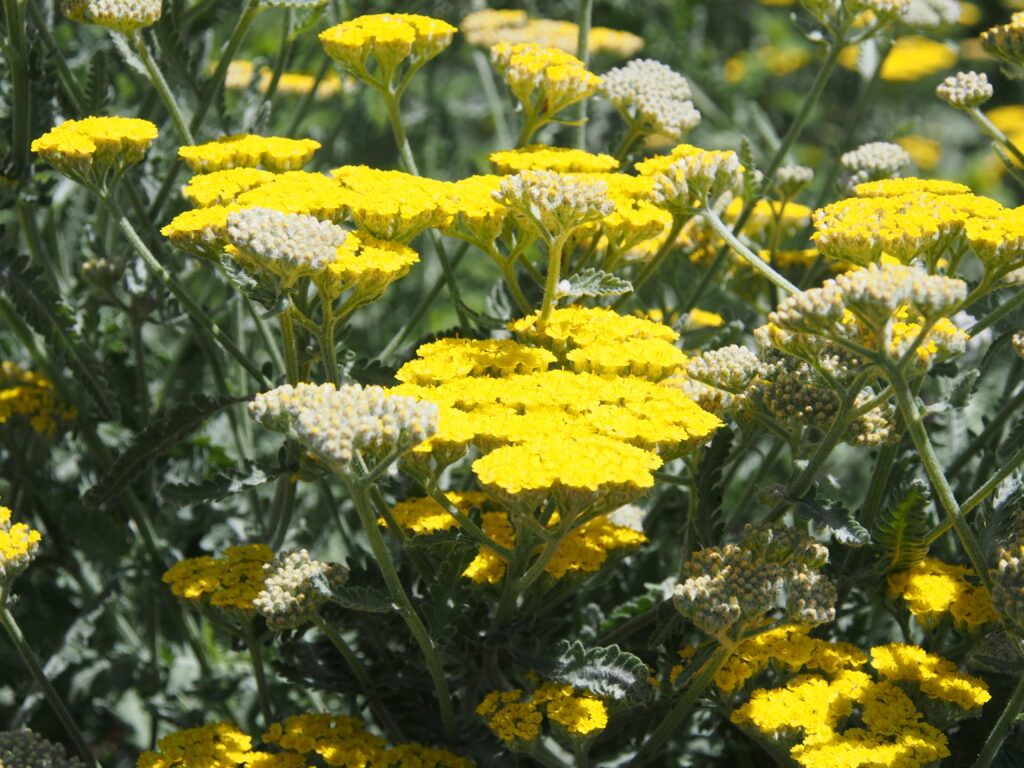Matanzas Creek Natives
BACK TO FULL TOUR
Garden Features
Drought Tolerant
Edible Garden
California Natives
Deer Resistant
Drip Irrigation
Pesticide Free
Rainwater Harvesting System
Rain Garden
Reclaimed/Recycled Materials
Sheet Mulching
Lawn Conversion
Lawn-Free Landscaping
Wildlife Habitat
Partner: Santa Rosa Water
Nestled near Montgomery Village in Santa Rosa, our suburban abode boasts a modest yet inviting 1/3-acre plot that gently kisses the banks of Matanzas Creek. With over four decades of gardening experience under my belt, my journey has evolved from merely planting what pleases the eye to cultivating a thriving ecosystem that harmonizes with nature.
Recognizing the importance of water conservation, we’ve implemented various strategies to minimize our environmental footprint. From redirecting downspouts into a front yard swale to harvesting rainwater in blue barrels and IBCs in the backyard, every drop is cherished and repurposed to nurture our landscape.
In our quest for sustainability, we’ve replaced conventional lawns with lippia repens, providing a safe and inviting space for our granddaughter to frolic while embracing a lawn-free ethos. Embracing the vibrant hues of native flora, our garden serves as a haven for local wildlife, offering both beauty and functionality in equal measure.
While I’ve always had an eye for color, my focus has shifted towards creating habitats that cater to the needs of all creatures, great and small. With each season, our garden continues to evolve, a testament to our ongoing commitment to ecological stewardship.
Though the journey has been challenging at times, the rewards have been immeasurable. Today, our garden boasts a picturesque path along the creek’s edge, inviting visitors to stroll and linger amidst the tranquil beauty of nature. While gardening alongside a seasonal creek presents its own set of challenges, it also offers a profound sense of connection to the rhythms of the natural world.
As we continue to nurture our garden, it remains a labor of love—a testament to the transformative power of sustainable landscaping and the enduring beauty of native flora. And while our journey is far from over, we take solace in knowing that with each plant we tend and each creature we welcome, we’re contributing to a brighter, more vibrant future for generations to come.
We now have a path that allows you to walk along the creek edge and even sit for a while if you have time. I have included a photo of the creek when it is flooding to illustrate what a challenge it is to garden by a seasonal creek. It will be much gentler when you visit.
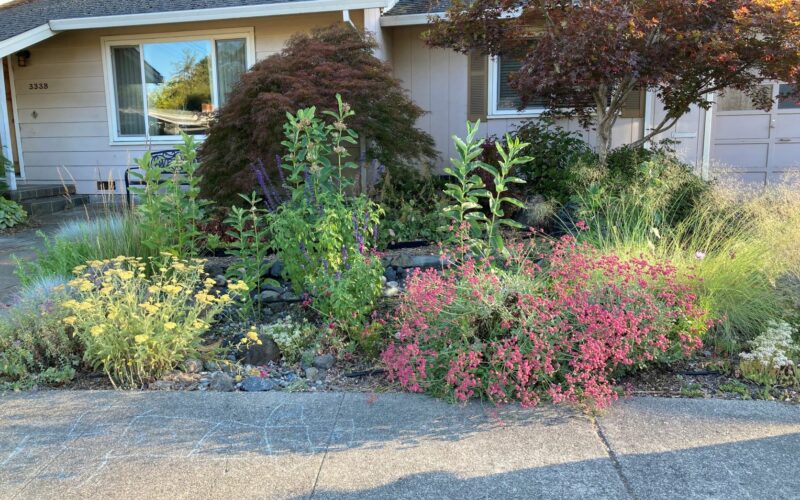
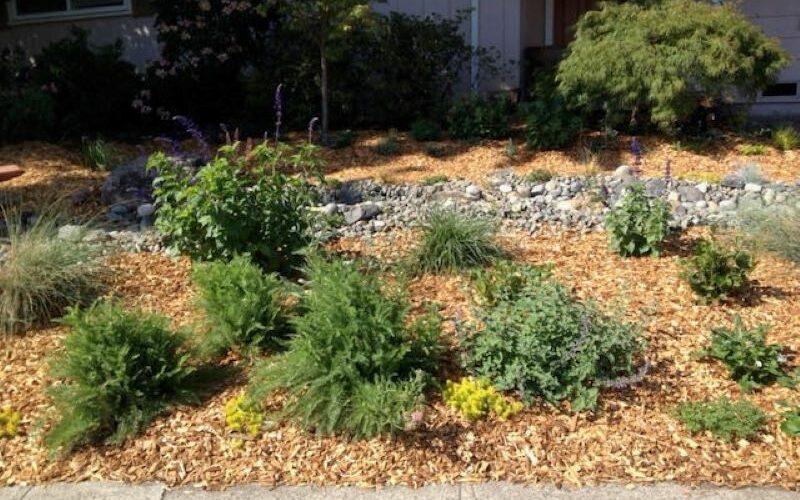
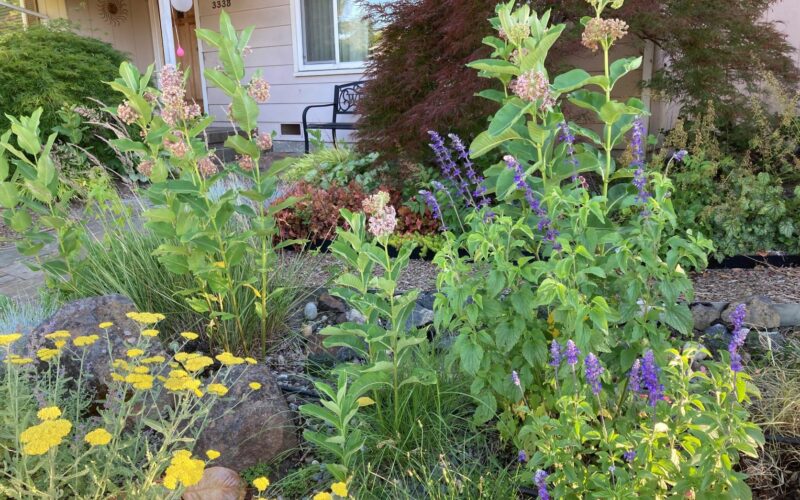
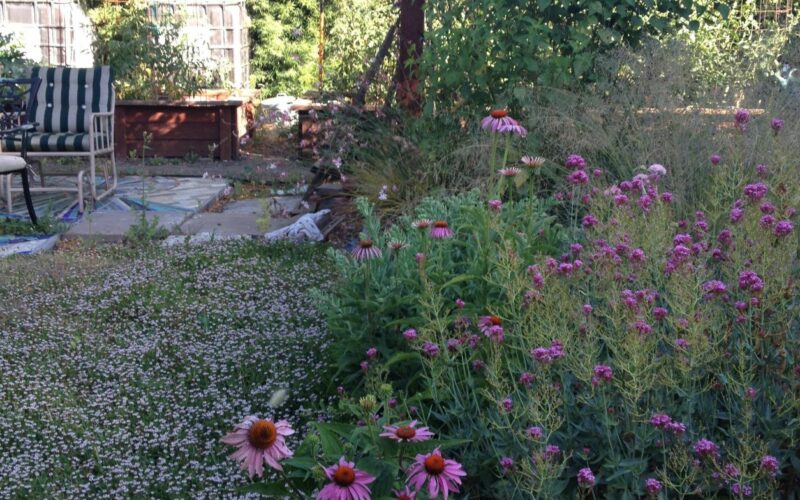
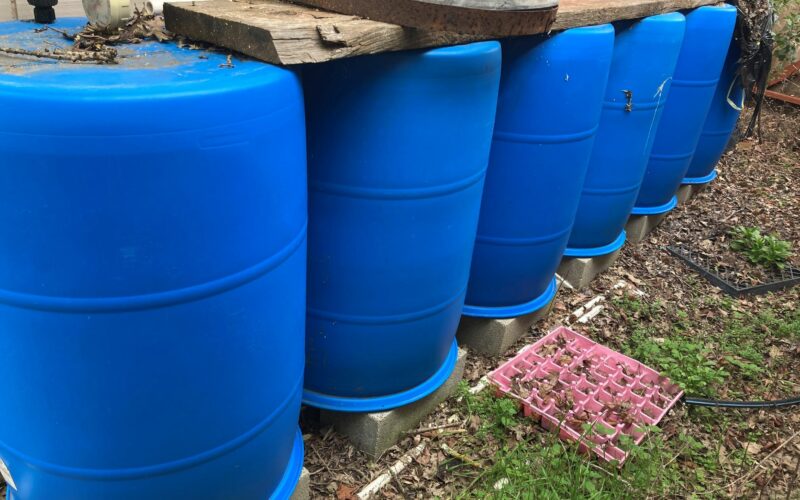
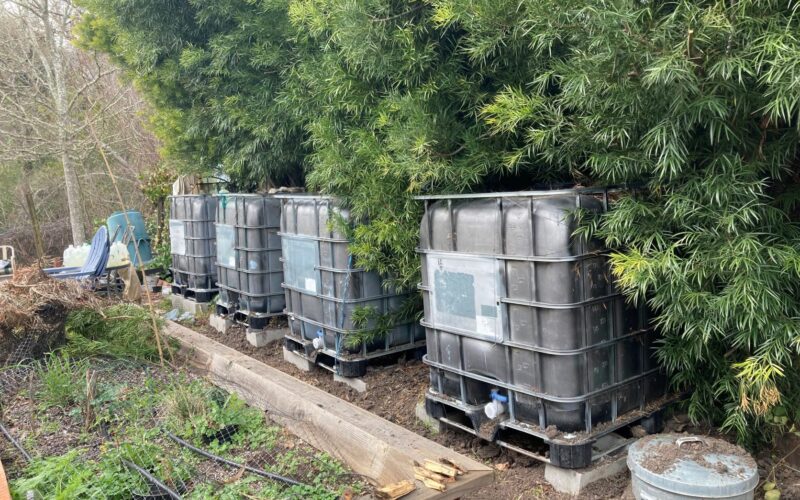
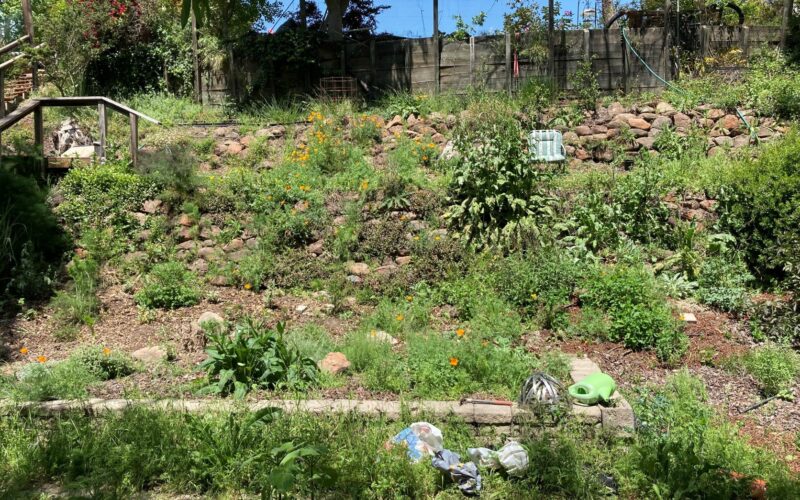
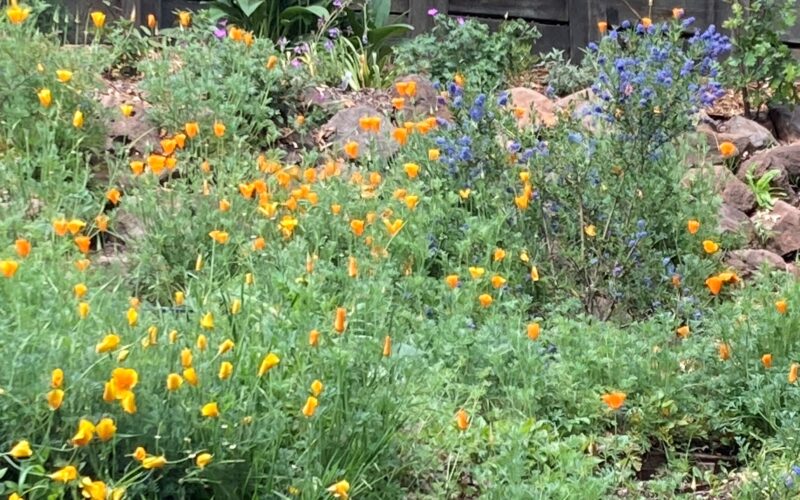
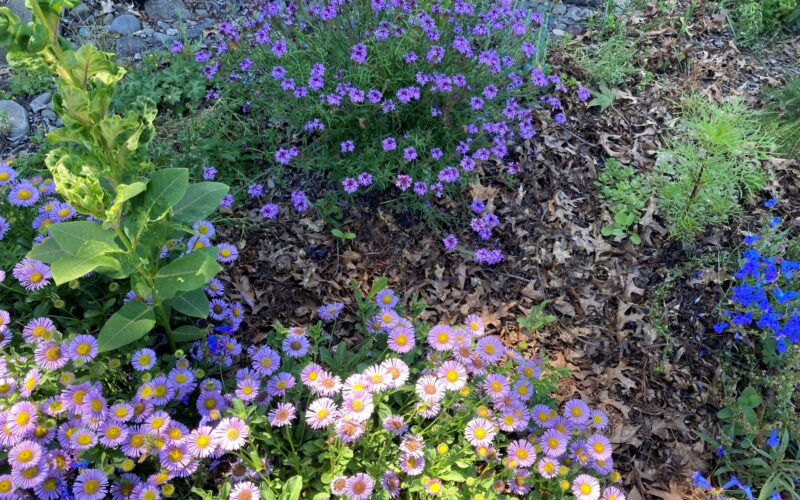
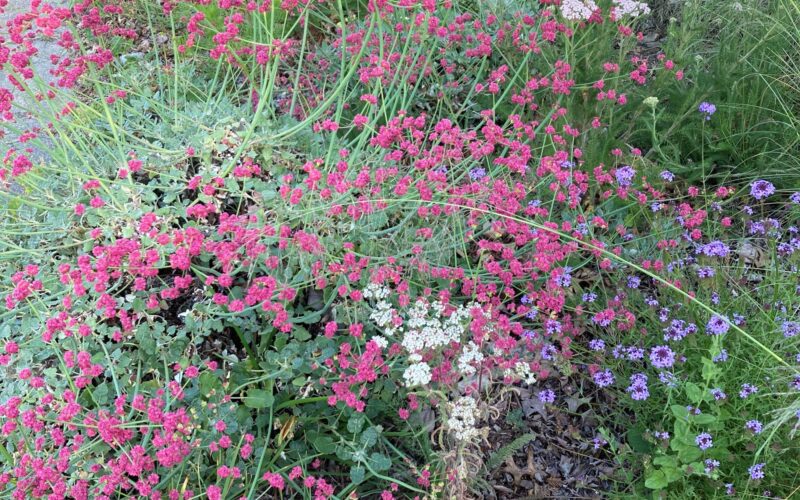
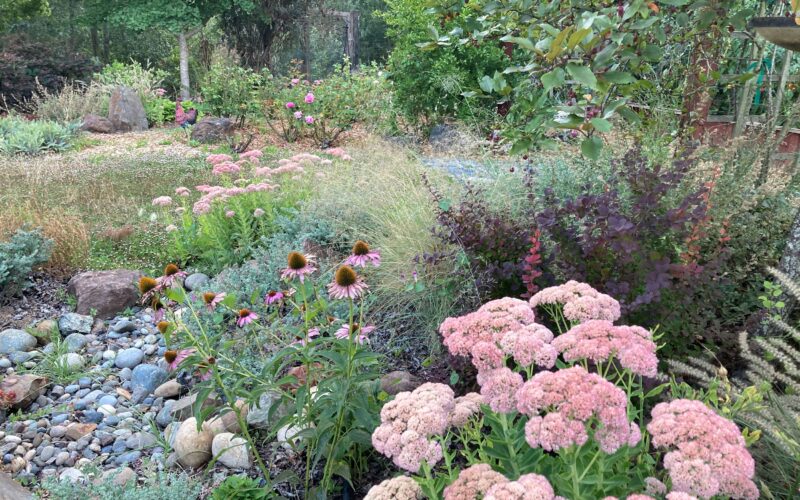
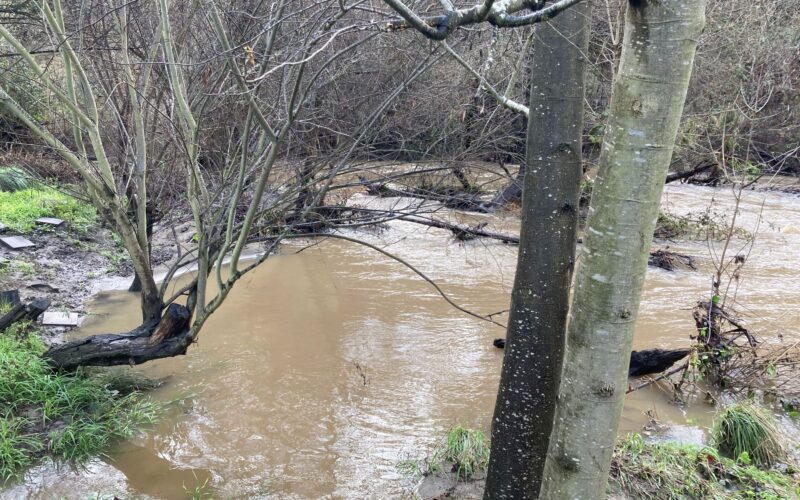
Plants in this Garden
Favorite Plants
Red-flowered Buckwheat
Eriogonum grande var. rubescens
Sonoma Coast Yarrow
Achillea millefolium ‘Sonoma Coast’
Concha Ceanothus
Ceanothus ‘Concha’
Silver Bush Lupine
Lupinus albifrons var. collinus
Siskiyou Oregon Sunshine
Eriophyllum lanatum ‘Siskiyou’
Favorite Garden Suppliers
Cal Flora
2990 Somers Street Fulton
Urban Tree Farm
3010 Fulton Road Fulton
Pricketts Nursery
5875 Sonoma Highway Santa Rosa
Recommended Resources
Designing California Native Gardens
Written by Keator and MiddlebrookCalscape
Calscape offers a database of plants native to California, along with details on their characteristics and habitat requirements. Additionally, it aims to promote the use of native plants in landscaping to support biodiversity and to conserve water.Nature's Best Hope
Written by Doug TallamayEast Bay Native Garden Tours
A garden tour in the Bay Area.Gardening Tips
Be kind to yourself.
if plants die or do unexpected things – nature is like that.
Take pictures of your garden.
So you can see how it grows and changes with the seasons.
